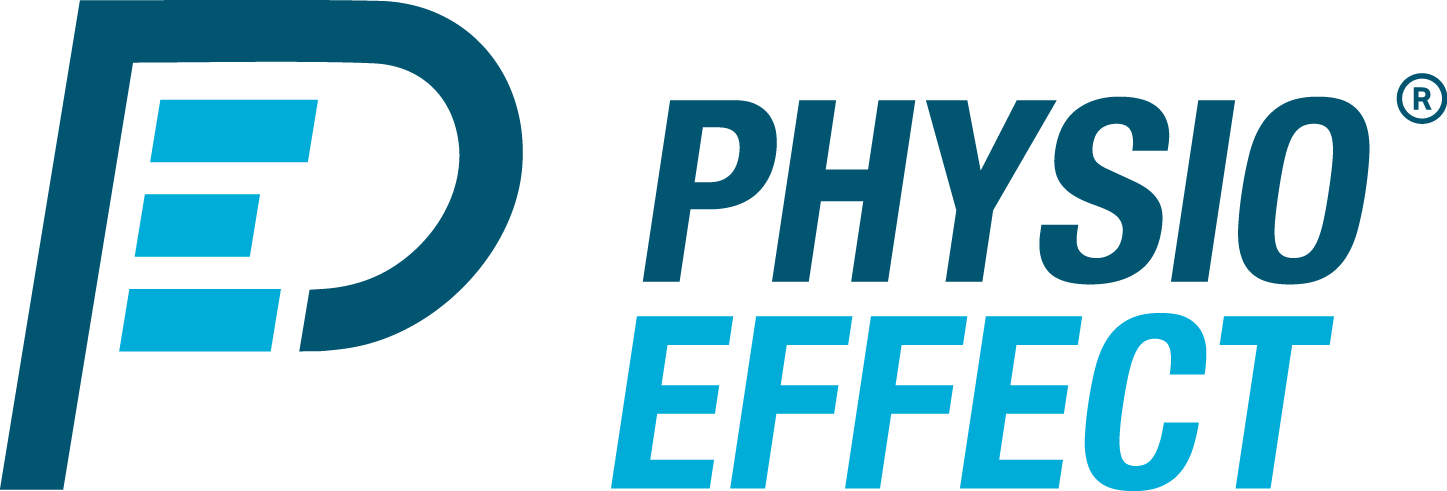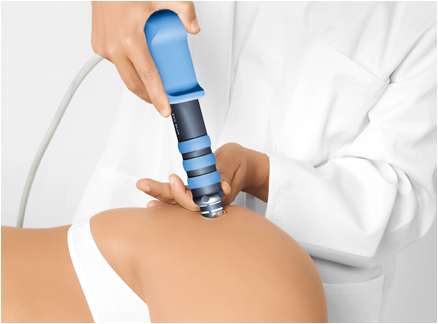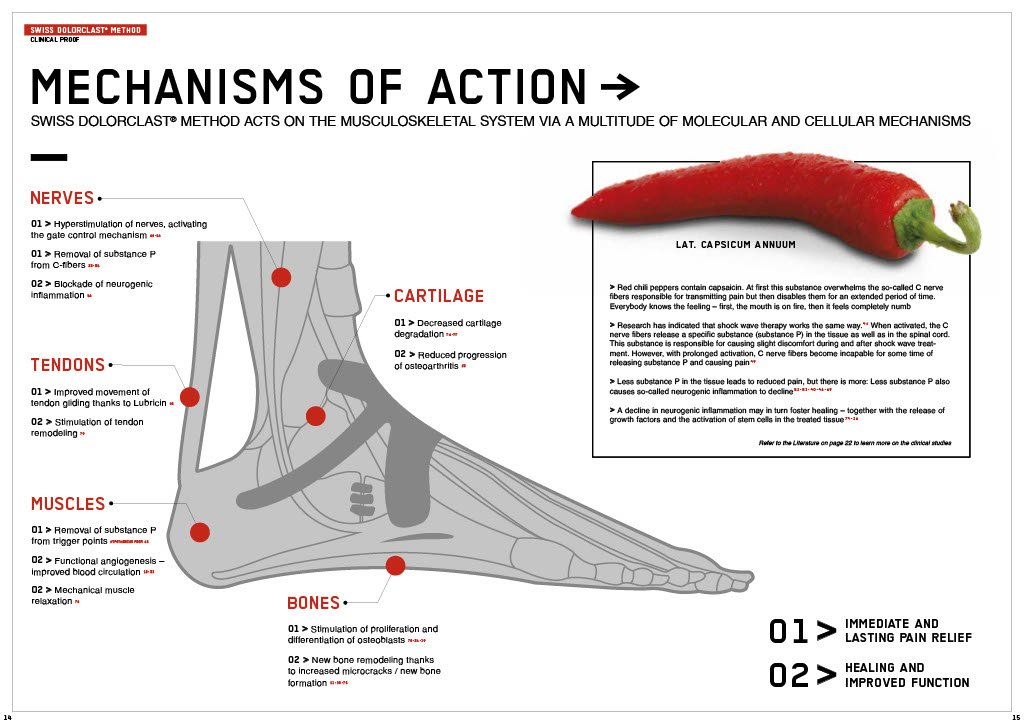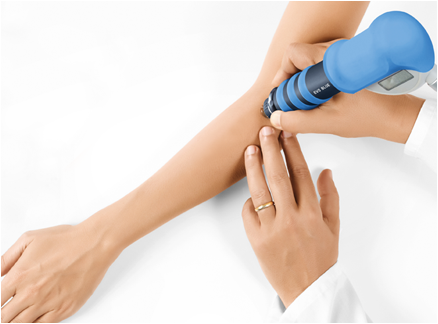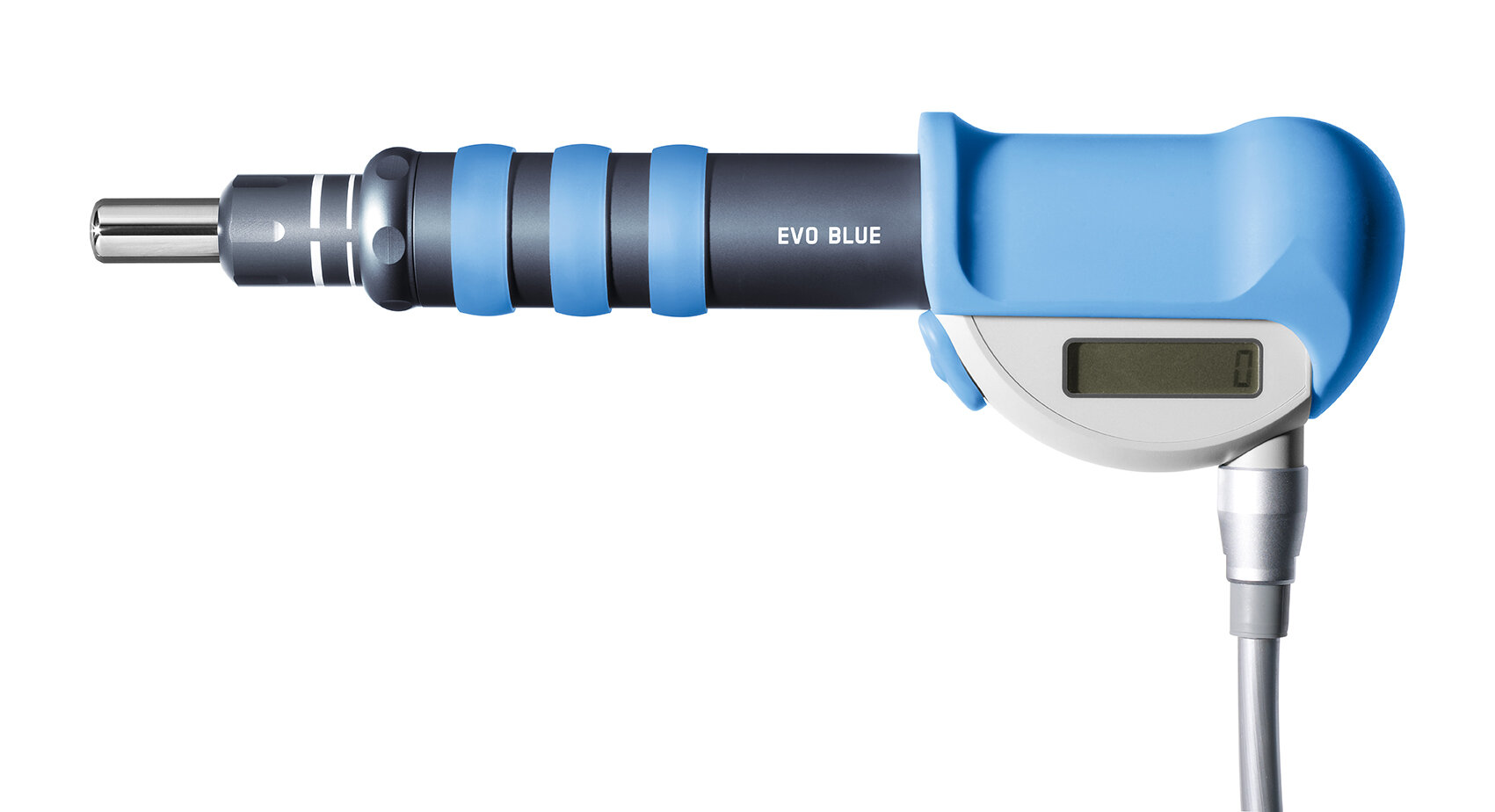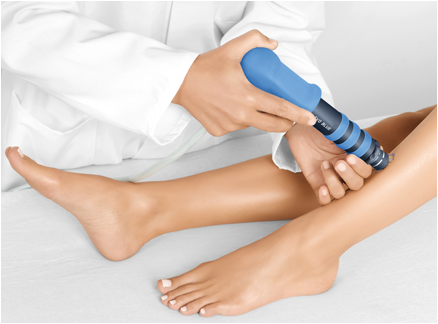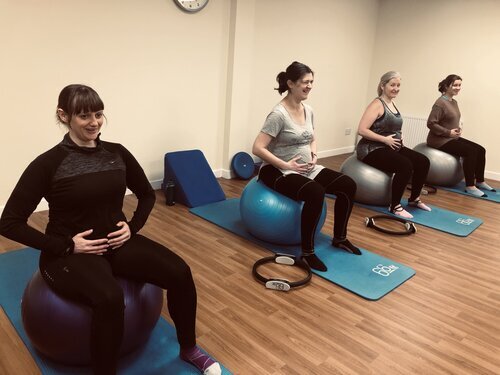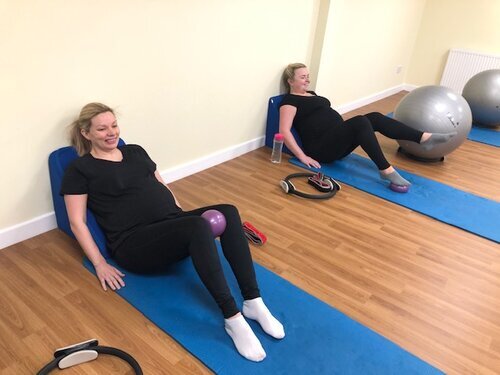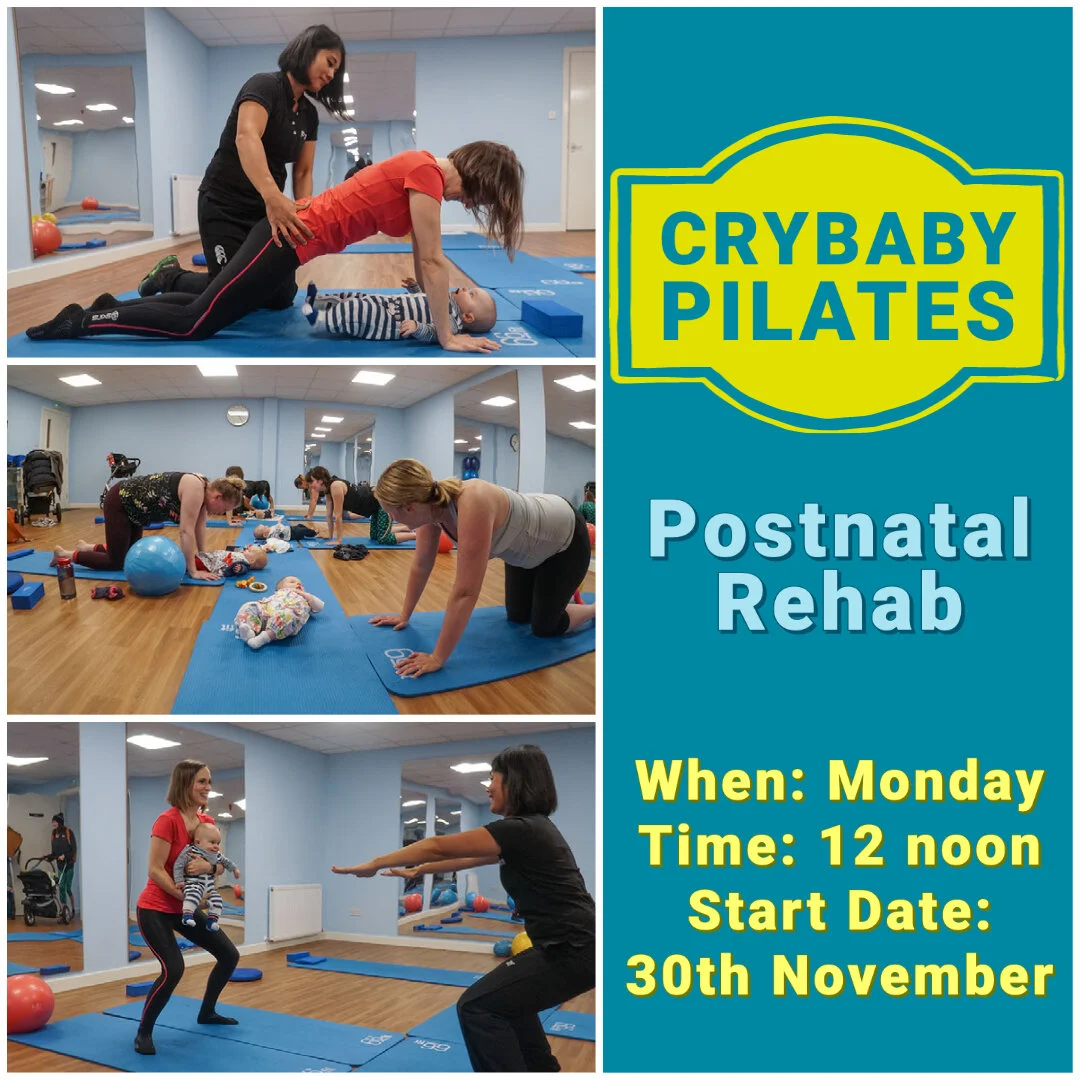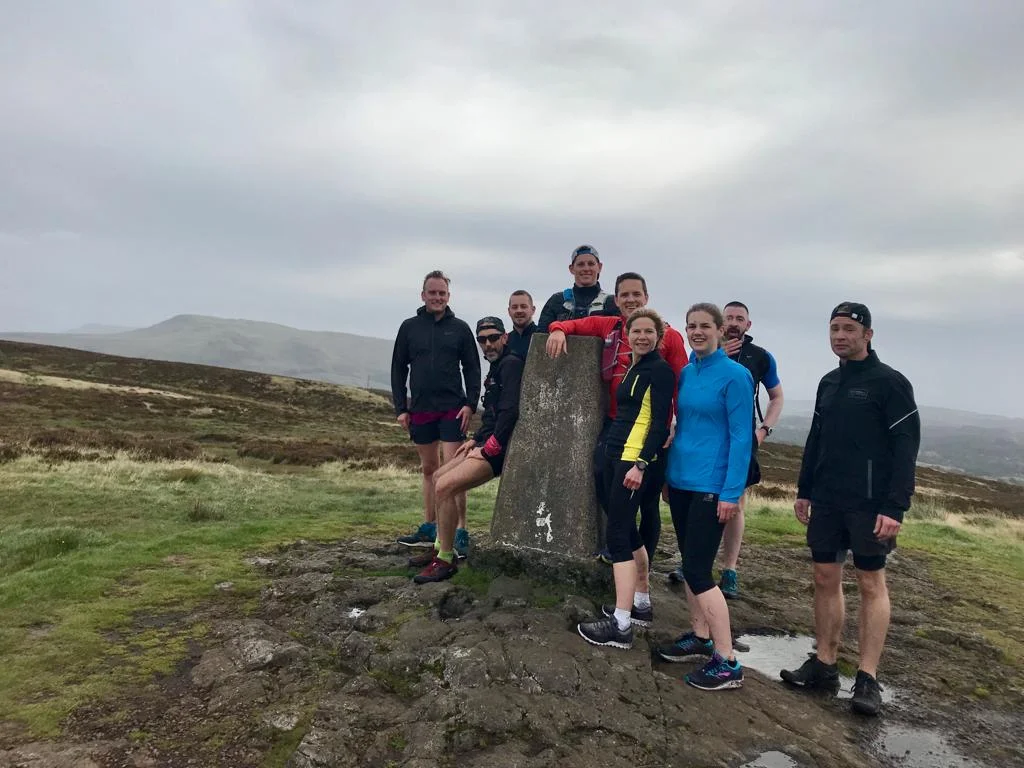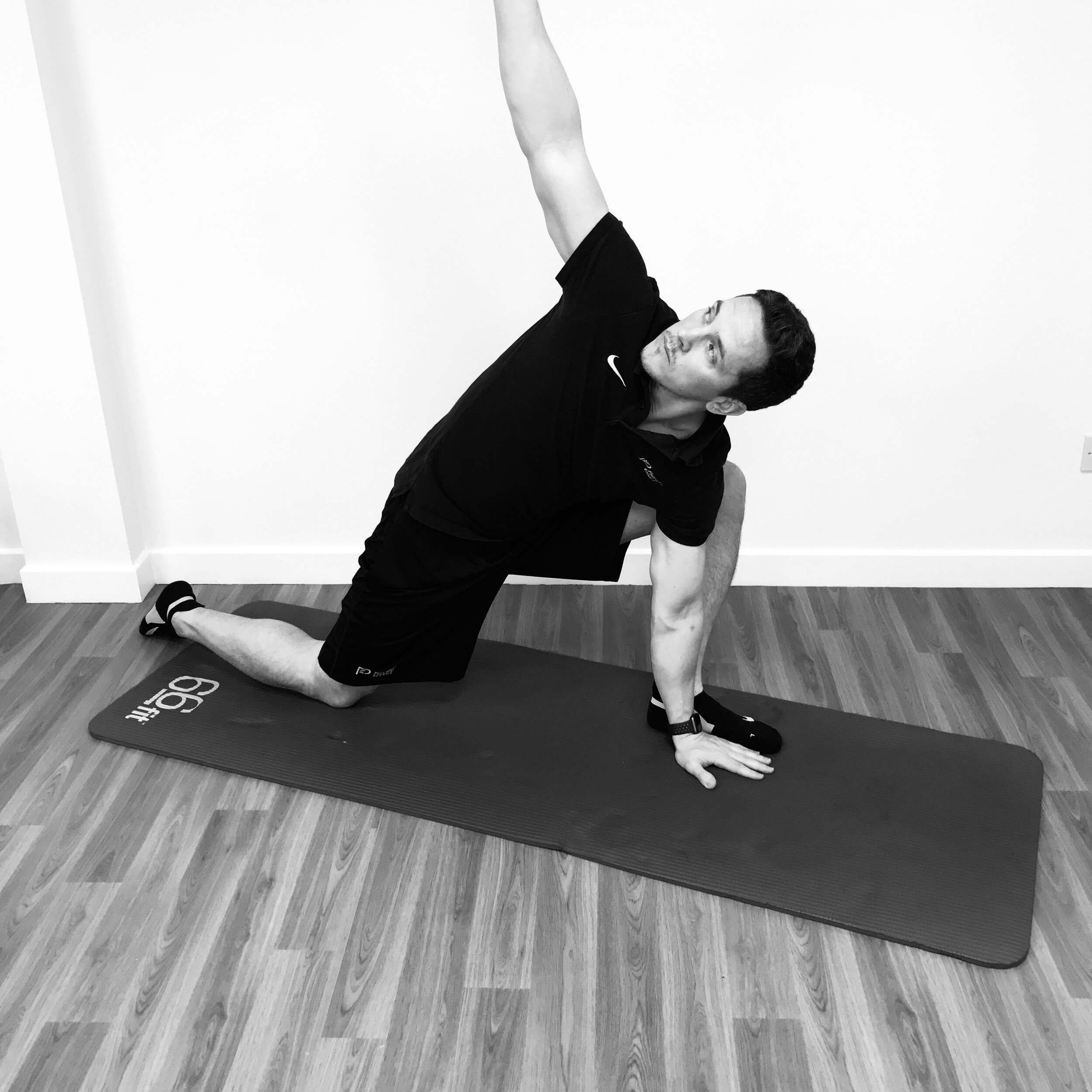Written by Daniel Wray (BSc Hons Physio/ PG Dip Sports Physio)
What is Shockwave Therapy?
Shockwave therapy is a non invasive, non surgical procedure used to treat a variety of injuries and painful conditions. It is often referred to as extracorporeal (outside of the body) shockwave therapy or ESWT.
Shockwave therapy for greater trochanteric pain syndrome
Shockwaves are a type of acoustic wave which carry high energy to painful areas and tissues during various phases of injury helping to stimulate a tissue healing response.
The waves are created by compressed air which is then applied by the therapist onto the affected area via a handheld device.
Shockwave has recently been compared to ultrasound, however the two waveforms are very different. The energy produced via shockwave promotes regeneration and reparative processes of the bones, tendons and other soft tissues.
Shockwave therapy carries minimal risk and is a fast and effective treatment for many chronic painful conditions. The picture below descibres some of the mechanisms of action for shockwave therapy.
What can shockwave therapy treat?
Shockwave treatment for Achilles tendinopathy
Shockwave therapy has been shown to successfully treat a variety of different musculoskeletal and soft tissue injuries.
This ranges from calcific tendinitis of the shoulder to plantar fasciitis of the foot.
The main aims are fast pain relief and optimal restoration of any dysfunction (stiffness / weakness etc) caused by your injury.
Shockwave therapy has been shown to be particularly effective in treating tendinopathies and when combined with expert Physiotherapy advice and rehabilitation the outcomes are excellent.
Shockwave therapy can treat chronic tendon pathologies including:
Shockwave therapy for plantar fasciitis
Shockwave therapy for Osgood Schlatter disease
Shockwave therapy can also help treat some bone pathologies including:
What does a shockwave treatment session involve?
Shockwave therapy for tennis elbow (Lateral epicondylalgia)
Shockwave therapy requires no injections or surgery.
It is usually indicated when Physiotherapy alone does not improve specific symptoms which have persisted for at least 12 weeks.
The treatment is administered via a handheld device which is placed on the skin above the injured area. The shockwaves pass into the tissue in the form of low energy sound waves which pass into the injured area enhancing blood flow and stimulating a tissue healing response.
For optimal results shockwave treatment requires a course of 3-4 treatments delivered once every 7-10 days. The shockwave treatment itself takes only a few minutes. When you book Shockwave therapy at Physio Effect we will always assess you fully on an individual basis, listening carefully to your history and needs, so that we can formulate the best possible treatment plan.
Why choose the Swiss Dolorclast?
Swiss Dolorclast Smart 20 shockwave System
Not all shockwave treatments are equal so please be careful and research before committing to any treatment. Some companies may charge significant amounts for shockwave therapy yet deliver their treatment on cheap, untested and sub-standard machines. Cheap machines will be unable to produce the kind of pressures required to create a therapeutic treatment effect. At Physio Effect we do not compromise on quality and have therefore purchased the top of the range Swiss Dolorclast system to deliver our shockwave treatments.
Evo Blue Handheld Probe
The Swiss Dolorclast systems have been tried, tested and proven as effective systems for pain relief and injury recovery. On the Physiotherapy evidence Database 34 out of 62 randomised controlled trials listed used the Dolorclast shockwave systems, providing substantial high quality evidence of their efficacy.
Does shockwave therapy hurt?
Shockwave treatment for medial tibial stress syndrome (shin splints)
In simple terms shockwave treatment is at the least uncomfortable and in some cases can be painful. The nature of this technology requires the delivered shockwaves to create a focal tissue response to stimulate blood flow and cell reaction and to achieve this a level of discomfort is required. If you have received pain free shockwave treatment or been offered it as pain free it may be worth questioning if the intensity and quality of treatment provided is within the range required for therapeutic benefit.
Shockwave treatment generally takes only 3-5 minutes to deliver so most people are quite able to cope with the short duration of discomfort. Your therapist will work with you to adjust the treatment intensity so that optimal results can be achieved while managing any discomfort.
Is there any reason I can’t have shockwave therapy?
In general terms shockwave therapy is very safe and causes minimal side effects. There are relatively few contraindications to the radial shockwave which we use here at Physio Effect.
ESWT is contraindicated if;
You are pregnant
You are being treated for cancer
You have an infection or wound at the treatment site
You have had a steroid injection in the previous 6 weeks
Shockwave therapy for subacromial impingement syndrome
ESWT may not be appropriate, or used with caution if;
You have metal pins, plates or prosthesis in the area requiring treatment
You have a blood clotting disorder
You are under 18
You are taking anticoagulant medication
You have had a serious tissue rupture at the injury site previously
Loss of sensation at the site of injury
If you are in any doubt about whether shockwave therapy is suitable for you then please contact us and we will be happy to guide you.
Seeking guidance or have questions? We Can Help.
Our experienced team at Physio Effect are specialists in the field and will be happy to answer any questions you might have about Shockwave Therapy. Click below to contact us.
Ready to take decisive action and book shockwave therapy? Click below to Book Now!
Thank You
Thank you for taking the time to read this post, we sincerely hope that you find it useful. We appreciate all feedback so please take a moment and let us know what you think.
